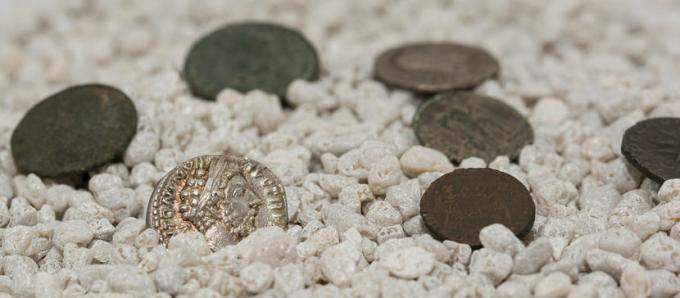question 1
Regarding the Peasant Brecha in Brazil, it is correct to say that:
a) It existed since before Portuguese colonization.
b) It was initially used by the Indians.
c) It was legalized right away with the arrival of the first slave contingent.
d) It was only sanctioned at the end of the 17th century by royal orders.
e) It was only sanctioned in 1824, with the Imperial Constitution.
question 2
(PUC-RS) “Another control and maintenance mechanism of the slave order was the creation of a proper economy margin for the slave within the slave system, the so-called 'peasant breach'. By giving up a piece of land in usufruct and the weekly time off to work it, you increased the amount of food available for feed the numerous slavery, while providing an escape valve for the pressures resulting from slavery (...). The space for their own economy was used for slaves to acquire tobacco, free food, better clothes for women and children, etc. But, in Rio de Janeiro in the nineteenth century, its main motivation seems to have been what we pointed out as an escape valve for the pressures. of the system: the illusion of ownership 'distracts' slavery and arrests, rather than fierce and costly surveillance, the slave to farm. ‘Distracts’, at the same time, the lord of his social role, making him more human in his own eyes. (...) Certainly the farmer sees his soul filled with a certain satisfaction when he sees his slave coming from his field bringing his bunch of bananas, yam, cane, etc. (...) The slave system – like any other – could not, of course, be made viable by force alone. 'Extreme hardship dries out their hearts', writes the baron, justifying the slaves' own economy, 'hardening them and inclining them to evil. You must be severe, righteous and human'.” (REIS, João José & SILVA, Eduardo, In: MOTA, Myriam Becho & BRAICK, Patrícia Ramos. Cave history to the third millennium. São Paulo: Moderna, 1997, p. 248.).
The so-called “peasant breach”, referred to by the authors of the text, refers to:
a) a piece of land given for usufruct to the slave, in addition to a weekly break to work on the land, from where the blacks could extract extra foodstuffs for their livelihood, such as tobacco, bananas, yams, treats, etc.
b) a mechanism to distract the masters, who started to produce some genres for their subsistence, thus creating an escape valve against the pressures of the system.
c) a distraction mechanism for slaves who, after spending the entire week producing only sugar cane, on one day of the week they could devote themselves to planting other genera, in addition to receiving a small portion of the production for their own consumption.
d) a mechanism to control and maintain slave order, as masters and slaves could work together, distracting themselves from the permanent tensions of the system and softening the deep social differences existing between them.
e) a kind of private property of slaves, which enabled them to produce complementary genres for their subsistence, also supplying the food needs of his master, who exchanged these products for sugar cane.
More questionsDurkheim, one of the founders of sociology, defined it as the science of social facts. Learn all about social facts in this video lesson by Professor João Gabriel.
In this video lesson we will see a review of combinatorial analysis: fundamental principles of counting, simple permutation, permutation with repetition, circular permutation, simple arrangement and combination simple. In addition, we will see how questions of this subject fall in Enem.

